Musée du Louvre-Lens by Sanaa
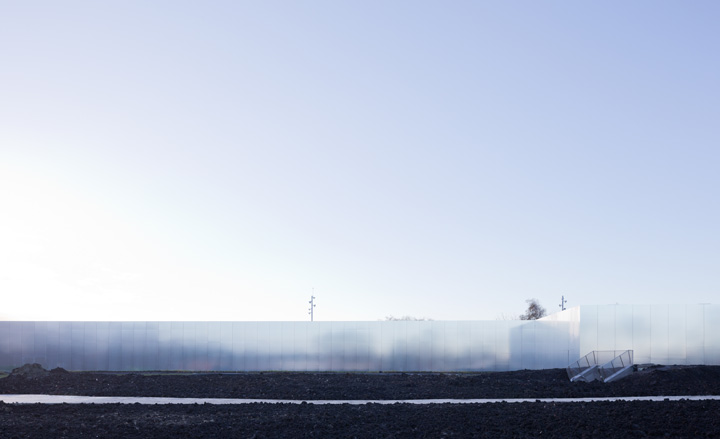
This year, don't bother looking for the Eugène Delacroix masterpiece 'Liberty Leading the People' at the Louvre in Paris, where it usually hangs. Instead, you'll find the bare-breasted lady brandishing her flag in a former coal mining town near the Belgian border, at the new Louvre-Lens museum.
A gritty city with a population of 36,000 and some 16 percent unemployment, Lens is not the most obvious choice for an offshoot of one of the world's great museums. But the 150-million-euro project fits in with France's policy of cultural decentralisation and democratisation. When the government decided to create an annex of the Louvre, they chose humble Lens in the belief that culture is a universal right, and should be as accessible to retired mine workers as urban sophisticates.
The Japanese architecture agency Sanaa beat more than 120 firms for the commission to design the new building. Sanaa's principals, Kazuyo Sejima and Ryue Nishizawa, immediately fell in love with the site, an immense, overgrown wasteland in the city centre that used to be the location of mine pit #9.
The Louvre-Lens boasts neither the palatial architecture of its mothership nor the showy lines of the Guggenheim in Bilbao. 'The idea was not for this to stand alone as an architectural work,' says Sejima. 'It goes hand in hand with the collection of the Louvre and with the history and landscape of this particular site.'
That's not to say the new museum is anything less than stunning. With a surface area of 28,000 sq m, it is a low-slung, horizontal structure comprising a central square and four rectangles, attached at various corners and with slightly curved walls to soften the lines. The shimmering façade alternates glass and anodised aluminium. From the air, the building resembles the original Louvre with one wing twisted behind.
The project's landscape architect, Catherine Mosbach, says the vast, free-form park creates a transition between the museum and the city: 'There is a huge schism between this precious object and its environment. The people here aren't young and cool, they have money problems, they might not feel comfortable in a museum. So you have to search them out on their own territory.' Facing the entrance, a clearing planted with trees marks the place where miners descended into the shaft. Pathways leading to the museum echo the former rail lines for transporting coal.
Transparency is a major theme for this museum, and the glass-enclosed entrance hall offers a view of the park and city, while clear glass tubes house the bookstore and cafeteria. A spiral staircase leads to an underground area where the public can observe the storage and restoration of artworks, part of the museum's educational aspect.
At ground level, the most spectacular exhibition hall is the Galerie du Temps, a 120-m-long room with polished aluminium walls and blade-like metal ceiling beams. Natural light enters through slats overhead, and the floor slopes slightly to follow the terrain's contours. Nothing hangs from the aluminium walls, allowing visitors to see their own reflections along with the artwork.
The museographer, Adrien Gardère, made the unusual decision to exhibit the works here chronologically and without partitions, so one can compare what happened in various civilisations during the same period - a Roman sarcophagus, for example, next to early Islamic art. 'This is impossible in the Louvre,' says Gardère. 'You would have to run very fast to see artwork from the same time.' A timeline on one wall marks 1000-year increments from 3500 B. to 1850 AD.
Gradually the pieces on display in the Galerie du Temps will give way to others, changing completely every five years. The Louvre-Lens has no permanent collection, but will exhibit works lent by the Paris museum, including many of its prize offerings. Two other galleries will host temporary exhibitions, including some contemporary art and loans from various museums.
The project has inspired other developments in this downtrodden city only an hour from Paris by TGV, and there are hopes that the Louvre will have the same effect here as the Guggenheim has had on Bilbao. Formerly, the main tourist attraction in Lens was a pair of slag heaps as tall as the Great Pyramid. Now people can come to see ancient statues from real Egyptian tombs.
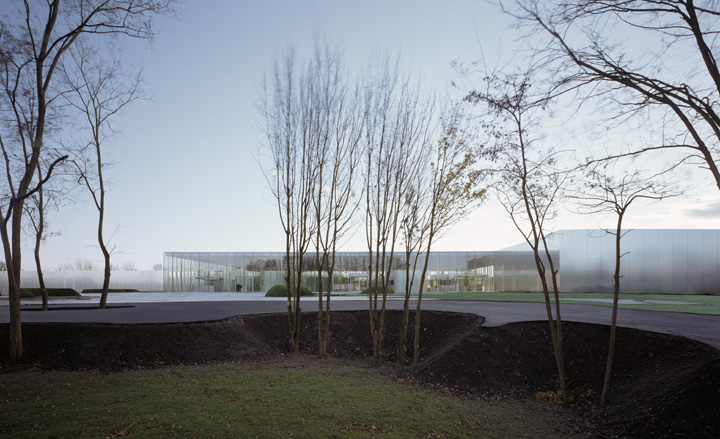
When the government decided to create an annex of the Louvre, they chose humble Lens in the belief that culture is a universal right, and should be as accessible to retired mine workers as urban sophisticates.
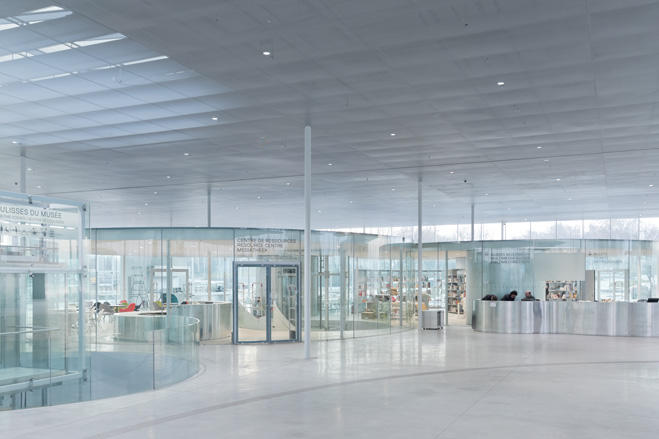
Japanese architecture agency Sanaa beat more than 120 firms for the commission to design the new building.
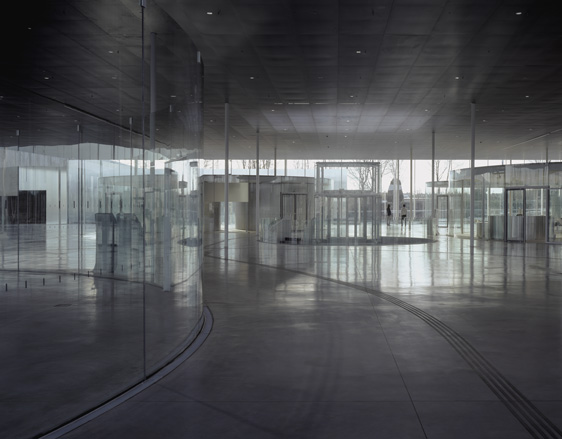
With a surface area of 28,000 sq m, it is a low-slung, horizontal structure comprising a central square and four rectangles, attached at various corners and with slightly curved walls to soften the lines.
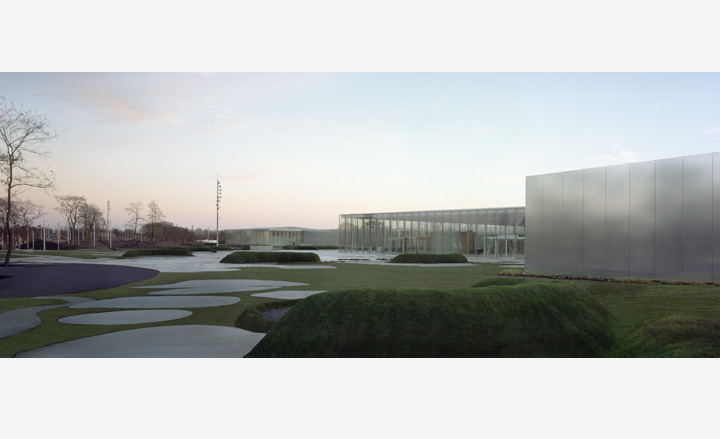
The vast, free-form park creates a transition between the museum and the city. Facing the entrance, a clearing planted with trees marks the place where miners descended into the shaft. Pathways leading to the museum echo the former rail lines for transporting coal.
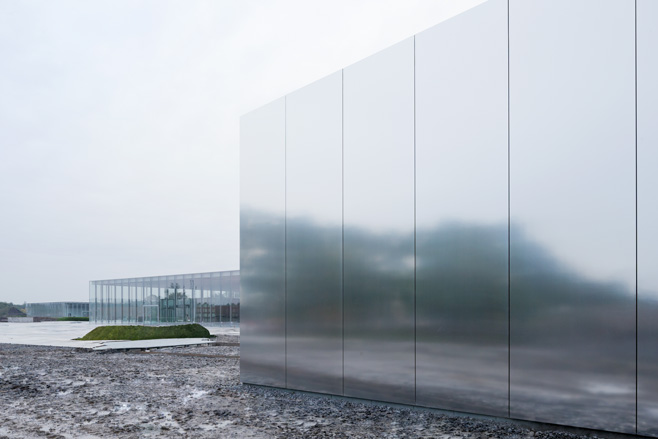
Sanaa's principals, Kazuyo Sejima and Ryue Nishizawa, immediately fell in love with the site, a wasteland in the city centre that used to be the location of mine pit #9.
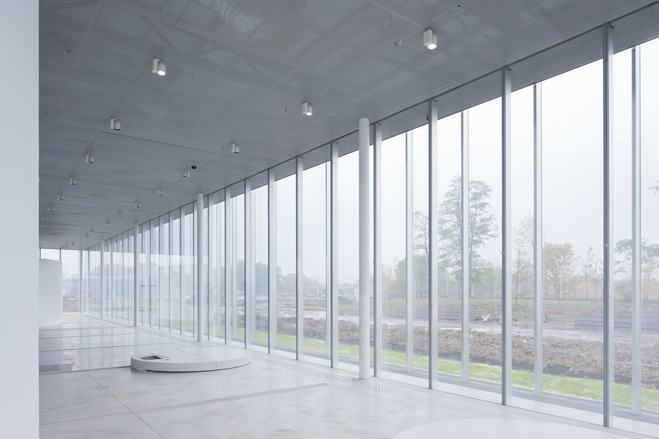
The Louvre-Lens boasts neither the palatial architecture of its mothership nor the showy lines of the Guggenheim in Bilbao. 'The idea was not for this to stand alone as an architectural work,' says Sejima. 'It goes hand in hand with the collection of the Louvre and with the history and landscape of this particular site.'
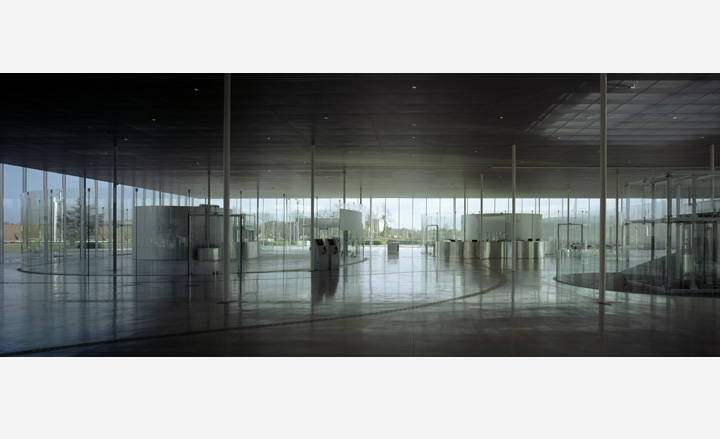
Transparency is a major theme for this museum, and the glass-enclosed entrance hall offers a view of the park and city, while clear glass tubes house the bookstore and cafeteria.
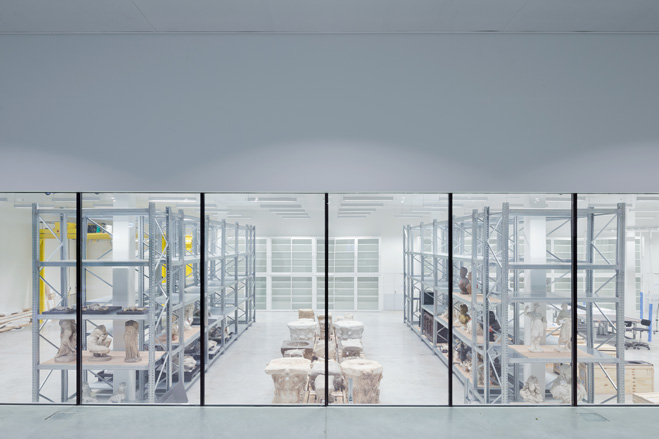
An underground area, where the public can observe the storage and restoration of artworks, part of the museum's educational aspect.
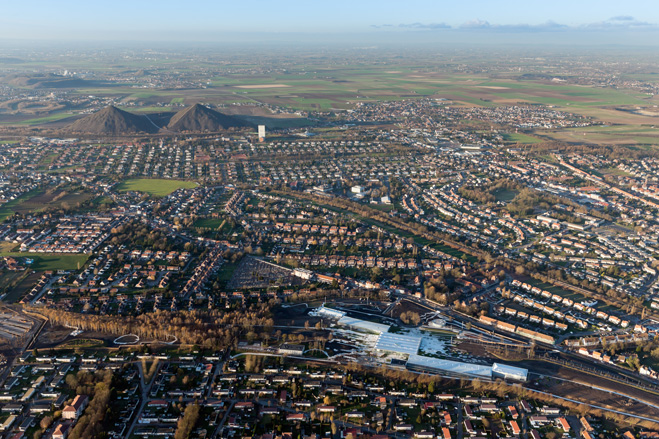
From the air, the building resembles the original Louvre with one wing twisted behind.
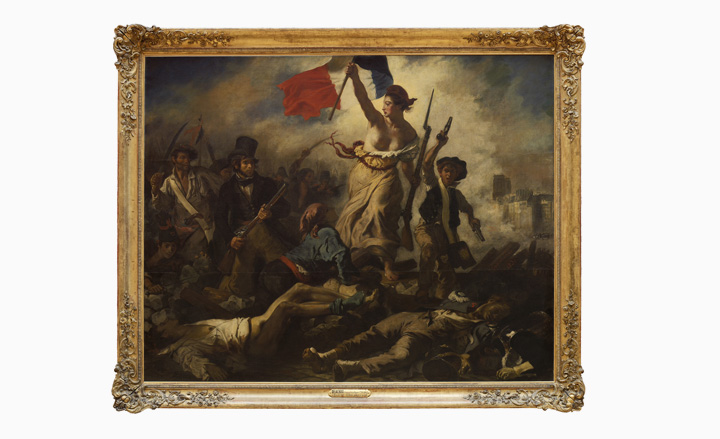
The iconic masterpiece, 'La Liberté guidant le peuple' (Liberty leading the People) by Eugène Delacroix (1798-1863), now hangs in the Louvre-Lens.

At ground level, the most spectacular exhibition hall is the Galerie du Temps, a 120-m-long room with polished aluminium walls and blade-like metal ceiling beams.
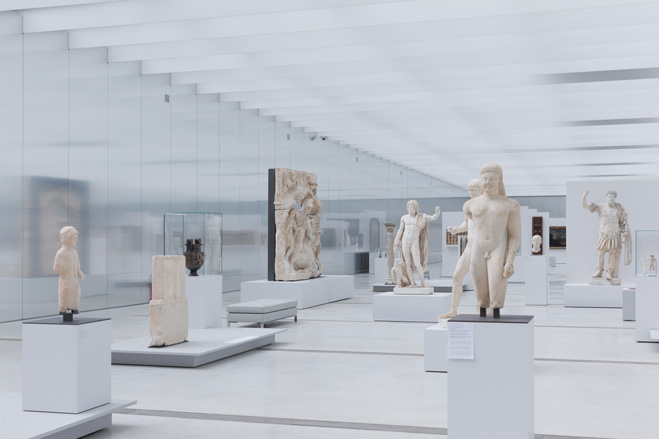
The museographer, Adrien Gardère, made the unusual decision to exhibit the works here chronologically and without partitions.
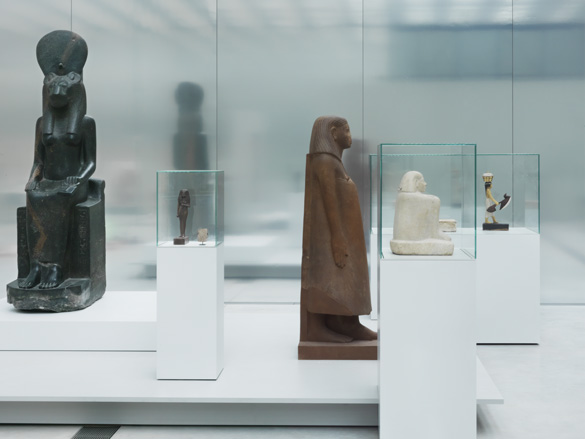
The Louvre-Lens has no permanent collection, but will exhibit works lent by the Paris museum, including many of its prize offerings.
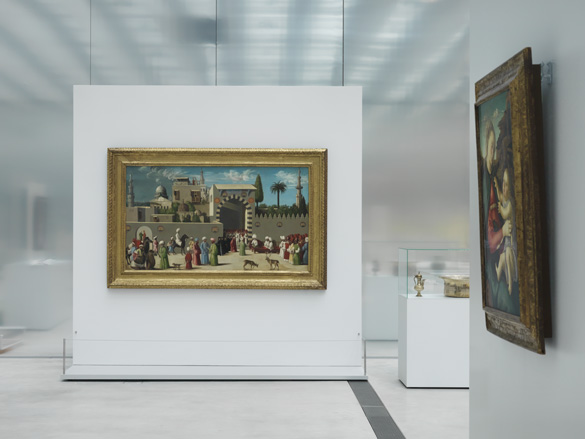
One can thus compare what happened in various civilisations during the same period.
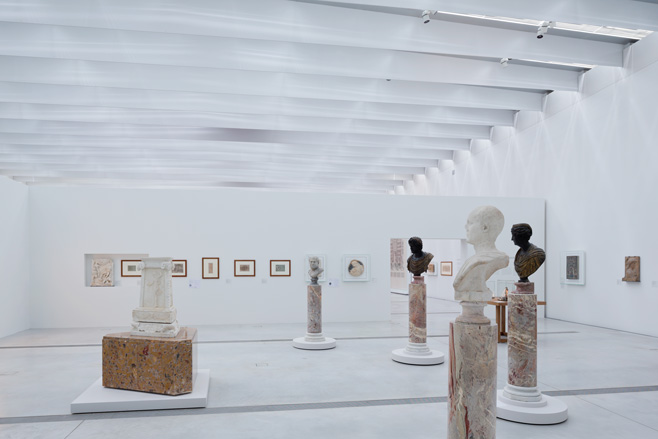
Natural light enters through slats overhead, and the floor slopes slightly to follow the terrain's contours. Nothing hangs from the aluminium walls, allowing visitors to see their own reflections along with the artwork.
ADDRESS
6 rue Charles Lecocq - BP 11
62301 Lens
Wallpaper* Newsletter
Receive our daily digest of inspiration, escapism and design stories from around the world direct to your inbox.
-
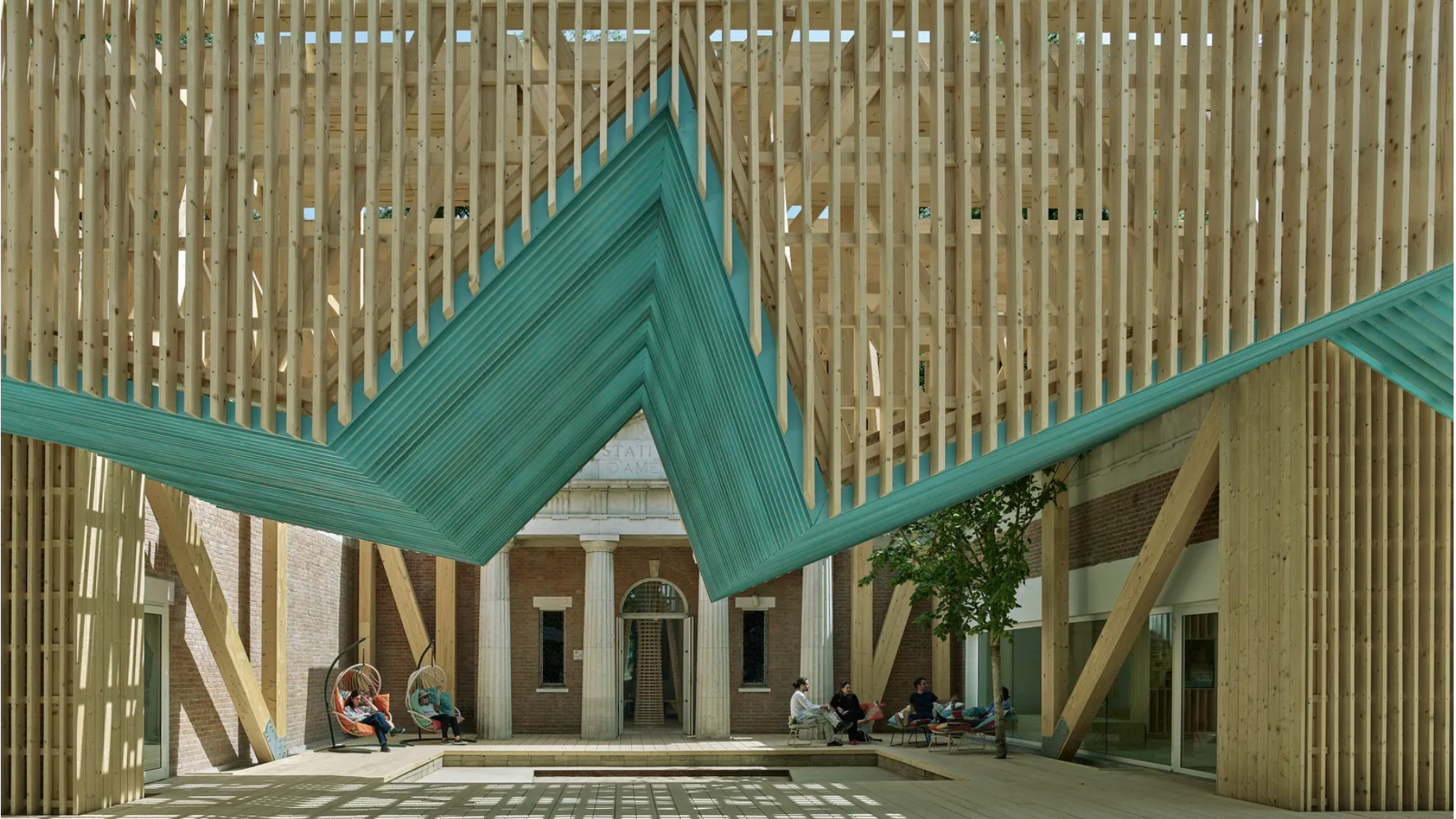 This year's US Pavilion asks visitors to gather round
This year's US Pavilion asks visitors to gather round‘PORCH: An Architecture of Generosity’ is a celebration of togetherness
-
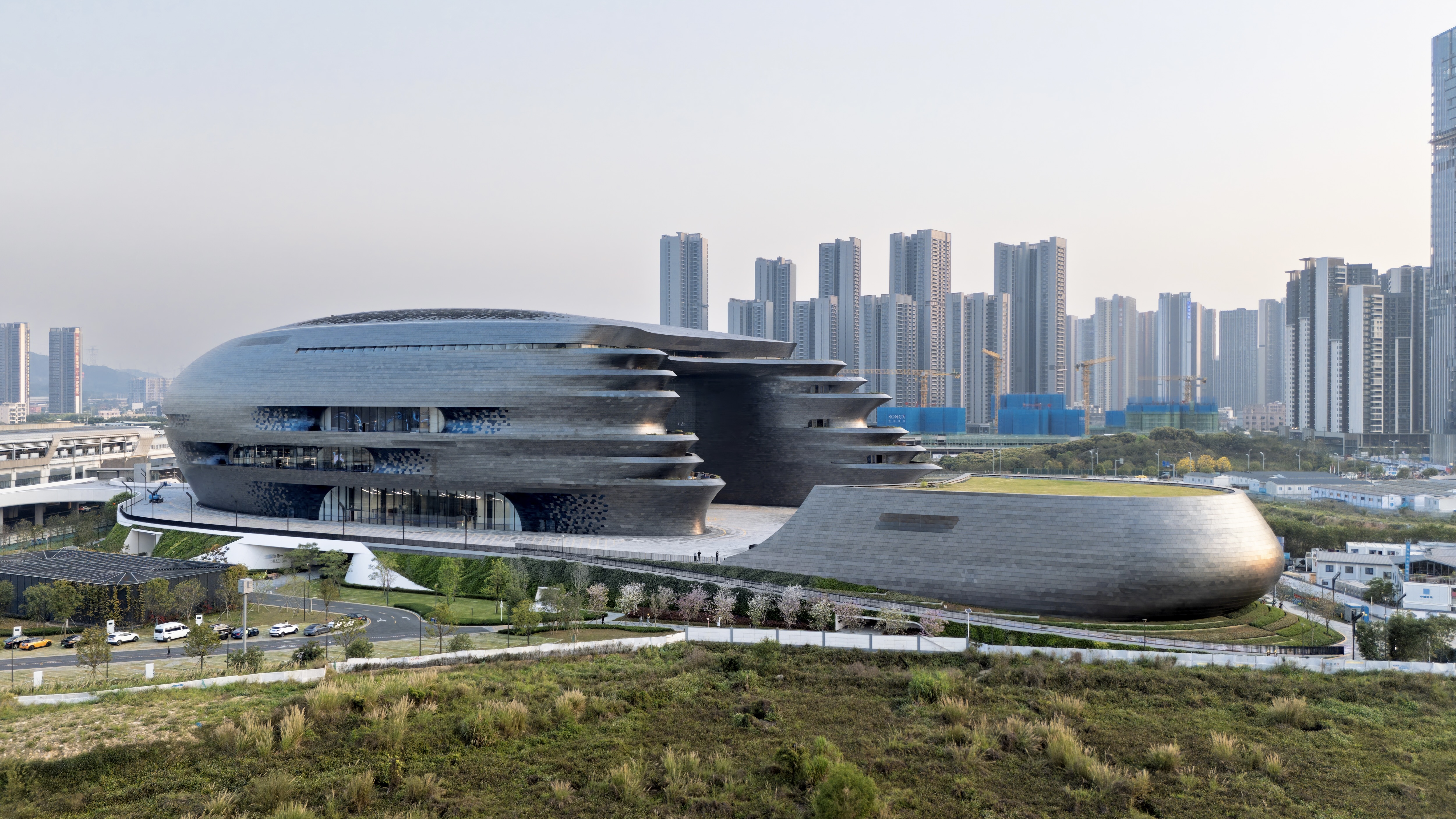 Zaha Hadid Architects’ spaceship-like Shenzhen Science and Technology Museum is now open
Zaha Hadid Architects’ spaceship-like Shenzhen Science and Technology Museum is now openLast week, ZHA announced the opening of its latest project: a museum in Shenzhen, China, dedicated to the power of technological advancements. It was only fitting, therefore, that the building design should embrace innovation
-
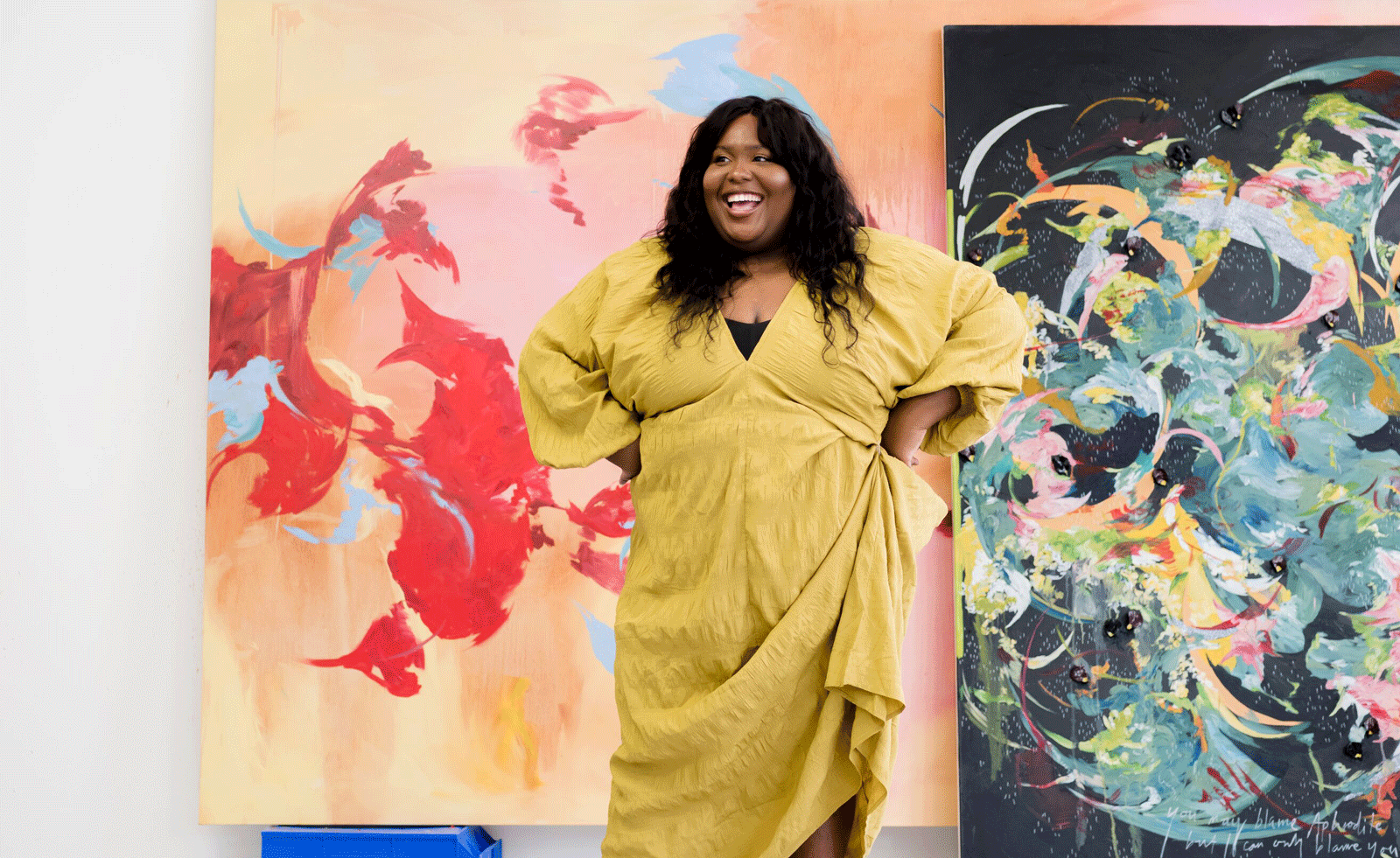 ‘The work is an extension of myself’: Michaela Yearwood-Dan on her debut show at Hauser & Wirth
‘The work is an extension of myself’: Michaela Yearwood-Dan on her debut show at Hauser & WirthLondon-based artist Michaela Yearwood-Dan continues her rapid rise, unveiling monumental new paintings in ‘No Time for Despair’